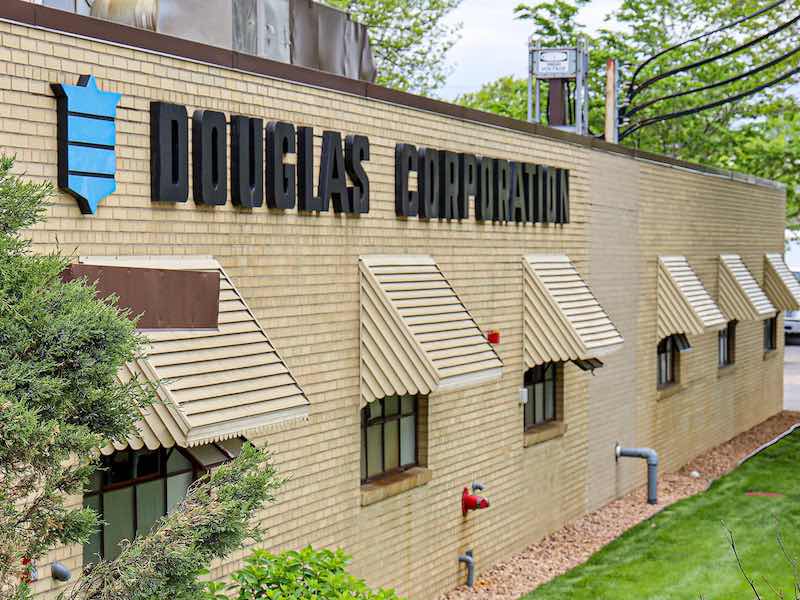A Minnesota chrome plating facility is paying $1.375 million as part of a settlement with the state for releasing hexavalent chromium and PFAS that officials sat reached nearby lakes.
On May 17, the Minnesota Pollution Control Agency and the Minnesota Department of Natural Resources jointly announced the $1.375 million settlement with Douglas Corporation.
The company, which was sold to the Spanish company Aludec in 2020, mainly serves the automotive industry.
“It was found that the use of PFAS, specifically the use of PFOS, was escaping the building through the heating and ventilation system, getting up to the roof and then from the roof, either through rainfall or snow that’s collected, brought down through the stormwater, then makes it’s way to the groundwater and into the lakes,” says Kirk Koudelka, Assistant Commissioner of the Minnesota Pollution Control Agency.
At least $1 million of the settlement will be used to fund projects designed to improve water quality, fisheries, and outdoor recreational opportunities.
The state says the damages are due to releases of per- and polyfluoroalkyl substance (PFAS) and hexavalent chromium that reached Bass Lake in St. Louis Park and Bde Maka Ska and Lake Harriet in Minneapolis. Douglas Corp. has used both substances at its chrome-plating facility in St. Louis Park and is the alleged source.
At least $1 million of the settlement will be used to fund projects designed to improve water quality, fisheries, and outdoor recreational opportunities. The MPCA and DNR will manage the funds. Once Douglas Corp. completes payment to the State of Minnesota in early fall 2023, the DNR will connect with community partners for project ideas. The area eligible for projects is east of Highway 169 within the lower watershed of Minnehaha Creek, including but not limited to the affected lakes.
Douglas Corp., a chrome-plating facility at 3520 Xenwood Ave., uses PFAS and hexavalent chromium as part of its manufacturing process. The company previously used perfluorooctanesulfonic acid (PFOS), which is one type of PFAS.
The history leading up to this settlement includes:
- 2004: PFOS is detected in Bde Maka Ska, then known as Lake Calhoun.
- 2007: Minnesota Department of Health (MDH) issues initial fish consumption advisories due to PFOS in fish.
- 2008: MPCA’s investigation leads to the area stormwater system, Bass Lake in St. Louis Park, and Douglas Corp. Community water supplies in St. Louis Park and Minneapolis are not impacted.
- 2010: Douglas Corp. begins taking measures to prevent PFAS from leaving its facility, begins monitoring, and stops using PFOS.
- 2013: PFOS levels in fish found in Bde Maka Ska begin to fall – a sign of water quality improvement.
- 2016: Douglas Corp. agrees to a schedule of compliance that requires additional measures to protect the environment, including stormwater improvements, comprehensive monitoring, and stormwater pond cleanout.
- 2023: Settlement is reached for natural resource damages. The schedule of compliance remains in force.
Minnesota’s PFAS Blueprint is the state’s comprehensive plan to prevent, manage, and clean up PFAS pollution. As part of the Blueprint, the MPCA announced the proactive PFAS Monitoring Plan in March 2022. Over 100 industrial and manufacturing facilities are included in the plan, including chrome plating facilities like Douglas Corp.
The full text of the Settlement Agreement and 2016 Schedule of Compliance are available online.



































